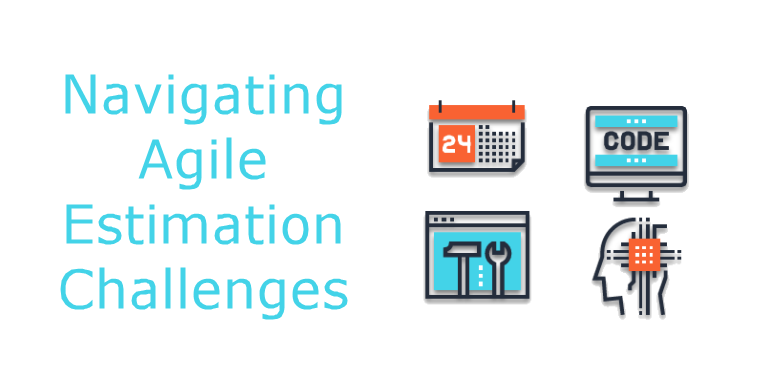New Video: Negotiating Realistic Cost & Schedule Targets with Agile Estimation
In agile development, it's not unusual for software teams to have a fixed schedule or budget before any work begins. This is great information for stakeholders, but what if those targets are unrealistic? What if there were a way to evaluate trade-offs early in the decision-making process, before any detailed planning occurs?
With a top-down estimation tool like QSM's SLIM-Estimate, your scrum teams can quickly determine how much functionality they can deliver in a planned release schedule. If that target schedule turns out to be unrealistic, you can leverage SLIM-Estimate's time-tested models to calculate the impact of trade-offs. What happens if you add more people to the project? If the schedule is non-negotiable, how much functionality can you deliver in that period of time? SLIM-Estimate provides you with visualizations that are powerful when presenting to senior-level management and stakeholders. Plot your estimates against relevant agile trendlines from QSM's database of over 13,000 projects (the largest of its kind) and you can see how your estimates check out against the industry.
The video above shows how to use this powerful tool to generate defensible agile estimates you can present to stakeholders early in the planning process. Having data-driven information like this at your fingertips will allow you to plan and negotiate, and maybe even avoid disaster.






